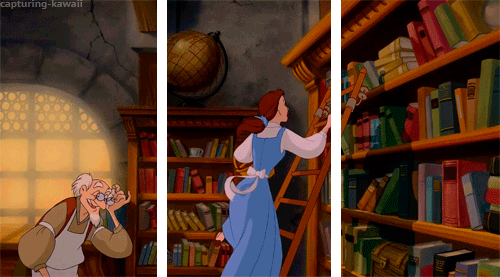Welcome to Flow: A Critical Forum on Media and Culture Cameron Lindsey & Lesley Willard

Welcome to Flow: A Critical Forum on Media and Culture!
For those of you who are new to Flow, it is an online journal of media studies organized and edited by graduate students in the Department of Radio-Television-Film at the University of Texas at Austin. In its 13-year history, Flow has published over 1,500 columns written by more than 700 authors from across the U.S. and around the world. Our mission is to provide a space where researchers, teachers, students, and the public can read about and discuss the changing landscape of contemporary media.
Over the years, the journal’s focus has informally shifted from an exclusive focus on television towards a broader focus on media and culture. This has been a slow progression since Flow was founded in 2004, but we believe it is time that the journal more explicitly reflected this ethos — hence the shift from “A Critical Forum on Television and Media Culture” to “A Critical Forum on Media and Culture.” While we are still committed to publishing scholarship that explores the histories and complexities of “television” as an evolving media format, we want to emphasize the journal’s multimedia format and acknowledge its broadening focus to more actively seek media, approaches, foci, and conversations that don’t easily lend themselves to categorization. With the closure of Antenna — edited by graduate students and faculty at UW-Madison — Flow is the last extant student-run media studies journal of its kind: with this new focus, we aim to be more inclusive and provide a platform for bleeding edge work and lesser heard voices.

While we will work to carry this new focus through each issue of Volume 24 and beyond, we are kicking off the journal’s relaunch with a special inaugural issue, highlighting scholars, topics, and voices that may have been left out of the conversation. This relaunch issue runs the gamut from film to gifs, pedagogy to webcomics, trolls to pirates.
Lego Grad Student, the creator of the popular eponymous “webcomic,” reflects on becoming a “micro-influencer,” the emotional toll of academia, and the function of social media with a dose of dry wit.
Chelsea McCracken considers Revry — the LGBT Netflix — alongside historical responses and successes of LGBTQ production companies, distribution platforms, and film festivals. While reflecting on the industrial concerns and utility of these sites and platforms, she asks, do we need an LGBT Netflix?
Evan Elkins discusses live television piracy and contrasts it with former understandings of media piracy and televisual flow. He questions the disruptive power of “live piracy” which, as he addresses, draws viewers back into a traditional relationship with televisual content while disrupting the industry’s dominant economic model.
Michael Newman discusses the gif as a new vernacular allowing gif sharers to display their interiority on digital platforms. He goes on to interrogate the ways in which commercial interests are commodifying this gif lexicon and creating a canon of gif expression.
Whitney Phillips and Ryan Milner introduce us to Sparkle Hair Scully and Cat Interrogation Mulder as examples of how humor and jokes operate online. They note, however, that even the most absurd and inane can be used cruelly, and that a “joke” without context can be as far from humorous as possible.
Andrew J. Bottomley considers Radio + Love, a non-narrated podcast that gives voice to individuals that are typically marginalized or subcultural. He notes that, while the podcast offers listeners an affective connection not often heard, it does little to challenges the shortcomings of neoliberalism.
Bonni Stachowiak, host of the Teaching in Higher Ed podcast, discusses the captivating nature of podcasts, the difference between podcast and AM/FM listenership, and how her podcast has impacted her pedagogy.
Thanks to our columnists for sharing their work and thanks to our readers for joining us with this special relaunch issue. We encourage you to post comments on the columns to show appreciation and generate conversation. Happy reading!

P.S. If you are currently conducting research that you believe fits within the new broader scope of Flow, we encourage you to contact flowjournaleditors@gmail.com with column cycle pitches for next year.
Image Credits:
1. Bart and Milhouse from The Simpsons
2. Lex from Jurassic Park
3. Belle from Beauty and the Beast
Please feel free to comment.
Such a great collection to launch this new volume! I came for the GIFs, but stayed for the story of the Lego Grad Student (and was so pleased to see they’ve actually submitted, so that’s a happy ending … mostly!).
Pingback: Comics ↔ Media: Comics Aren’t Literature, and That’s FineBenjamin Woo / Carleton University – Flow
Pingback: Listening—Finally—to Soundtrack Albums Paul N. Reinsch / Texas Tech University – Flow